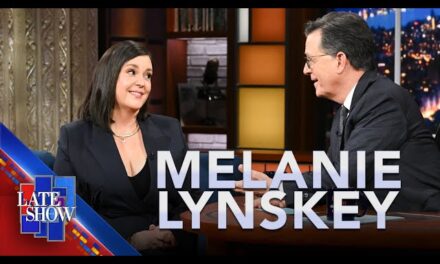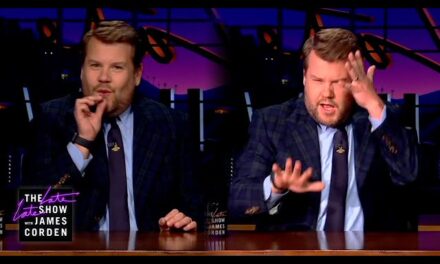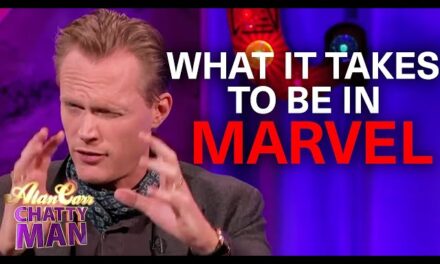In a recent episode of Conan O’Brien‘s talk show, film director Ron Howard shared insights into his experience working with iconic actor Andy Griffith. Howard noted that his career has been filled with improbable moments, and working with Griffith on “The Andy Griffith Show” was one of them. He highlighted the show’s unique ability to blend character comedy with long pauses, creating scenes that felt like waiting for a punchline.
Howard praised Griffith’s influence on the show, stating that it was tailored to his comedic abilities. The executive producer, Sheldon Leonard, played an active role in stressing the importance of character development and was instrumental in shaping the show’s distinct tone. Howard also mentioned how Griffith preferred to let the humor arise naturally from the southern setting, rather than relying on slapstick or broad jokes.
One of the standout aspects of “The Andy Griffith Show” was the chemistry between Griffith and Don Knotts, who played the lovable and bumbling Barney Fife. Howard reminisced about scenes where the two actors would have conversations about mundane topics, such as the weather, in a way that captivated viewers. These moments were often shot at the end of long shooting days when time was limited, but they were a testament to the actors’ skill at creating comedy through dialogue and silence.
Reflecting on the state of comedy in modern television, Howard shared his theory that humor has become increasingly compressed. Many shows feel the need to begin with a dramatic moment or a fast-paced sequence to grab viewers’ attention. However, Howard believes that there is still value in the slower, character-driven comedy of “The Andy Griffith Show,” which continues to resonate with audiences today.
As Howard discussed his personal connection to the show, he highlighted the inclusive nature of the set. Even as a young child, he felt involved and occasionally made suggestions for his character’s dialogue. This sense of collaboration allowed him to feel like a true part of the show’s creative process.
An interesting tidbit shared by Howard is that his father, also an actor, had a direct impact on the portrayal of his character, Opie. Ron’s father approached Griffith during the first season and suggested that Opie’s character should respect his father instead of being a wiseass, as was common on many other sitcoms. Griffith took the suggestion to heart, and this adjustment became a defining characteristic of Opie’s relationship with his father on the show.
“The Andy Griffith Show” continues to hold a special place in television history, offering a refreshing approach to situational comedy by focusing on realistic and relatable characters. Unlike other shows that portrayed fathers as bumbling idiots, Opie’s respect for his father stood out, and it provided a more authentic representation of family dynamics.
This conversation on Conan O’Brien‘s talk show was an insightful peek into the behind-the-scenes details of one of television’s most enduring and beloved shows. Ron Howard‘s admiration for Andy Griffith and the show’s commitment to character comedy provided a refreshing perspective on the evolution of humor in television today.
So, if you’re in the mood for a dose of classic comedy and heartwarming family dynamics, consider revisiting “The Andy Griffith Show” to experience the brilliance of Andy Griffith and the timeless charm of Mayberry.




